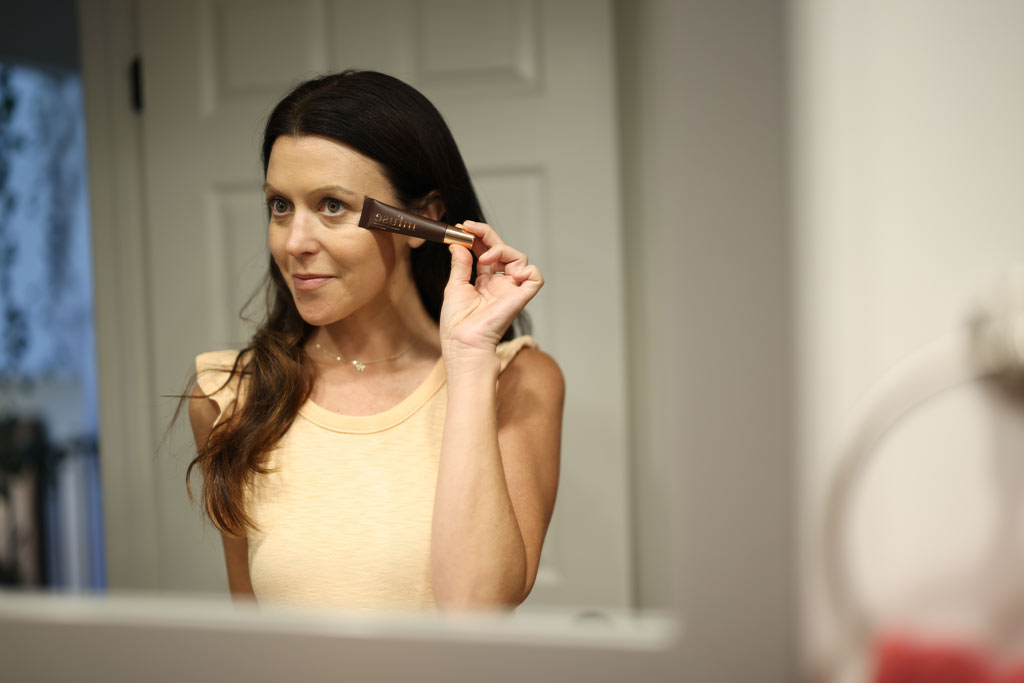Clean Beauty Standards: What You Need To Know

In recent generations, people's interest in prioritizing ingredients in the products they purchase has caused a shift toward popularizing clean beauty standards. Clean beauty is a movement that focuses on transparency, health, and sustainability in skincare products.
This shift has evolved the way beauty products are perceived. If you are only jumping on the clean beauty train now, this article will help you learn everything you need to know.
What Is Clean Beauty?
“Clean beauty” is a largely unregulated term. It was originally created to identify beauty products with natural ingredients that are formulated in such a way to be safe.
However clean beauty means different things in different countries, leading to a difference in regulation. This difference in regulation means that each region has specific differences in clean beauty regulations.
For example, clean beauty regulations in the United States emphasize natural ingredients and minimalist-looking skincare and makeup products. In comparison, in Europe, clean beauty regulations emphasize the use of safe and non-toxic substances.
Essentially, the term clean beauty can vary in its meaning because it is largely unregulated. Some clean beauty standards may focus on creating efficient formulas that match client needs while others simply prioritize natural ingredients.
Read more: Infuse Dives Into The Importance of Facial Cleanser: Why People Should Use One
When Are ‘Clean’ Beauty Products Not Clean?
Clean beauty isn't clean when a brand fails to be transparent and makes misguided claims. Quality beauty brands will make detailed lists of ingredients and ensure customers know what is in the product they purchase. However, not all brands adopt this mindset and will not, if at all, list their ingredients on the product or be vague about the ingredients being used.
For example, some companies will list “fragrance” as an ingredient. However, fragrance isn’t an ingredient, but an umbrella term that may include many other ingredients that could be harmful and the opposite of “clean.”
It may also be surprising that “natural” and “eco” are also frequently misused. They are frequently used to get the customer's attention on the product. However, this does not necessarily mean the product is 100% natural. Such products can not be part of clean beauty as they are not transparent with their information.
Read more: Power of Yerba Mate: Transform Your Skincare Routine
What Certifications Should You Look for in Clean Beauty Products?
As a part of your quest to shop for clean beauty products, there are some clean beauty certifications you can look for when shopping. These certifications give a good indication that a product is safe to use and designed to be sustainable and efficient. If you look for certified products, you’ll enjoy peace of mind that they are clean, beauty-based products.
These certifications include EWG Verified, which means the product is created with the environment and human health in mind. Some additional certifications proclaiming genuine natural products are NPA or USDA BioPreferred. These certificates require the product to have organic and natural ingredients, thus ensuring they can be classified as clean beauty products.
Why Does Clean Beauty Matter?
In the wake of traditional beauty products, many were concerned about harmful ingredients and chemicals. Some of these ingredients and chemicals adversely affect the skin and overall health. This greatly impacted the beauty industry and was the leading cause of the rise in the clean beauty standards movement.
Read more: Exploring the Rich Culture of Yerba Mate
The Wrap-up on Clean Beauty Standards
Clean beauty is more than a trend that certain generations follow; it is a movement to ensure that beauty products are held to a certain standard and that they meet the needs of the customer. Additionally, it is an excellent movement to ensure that the environment is also considered and that no health-harming substances are used in skincare products.




